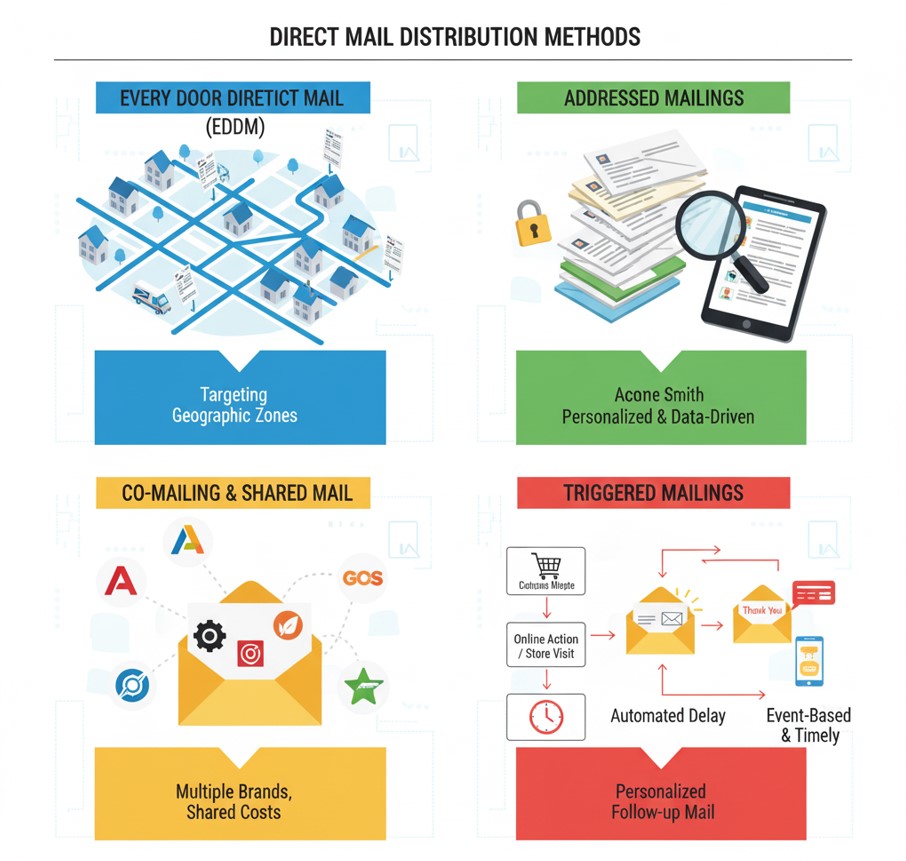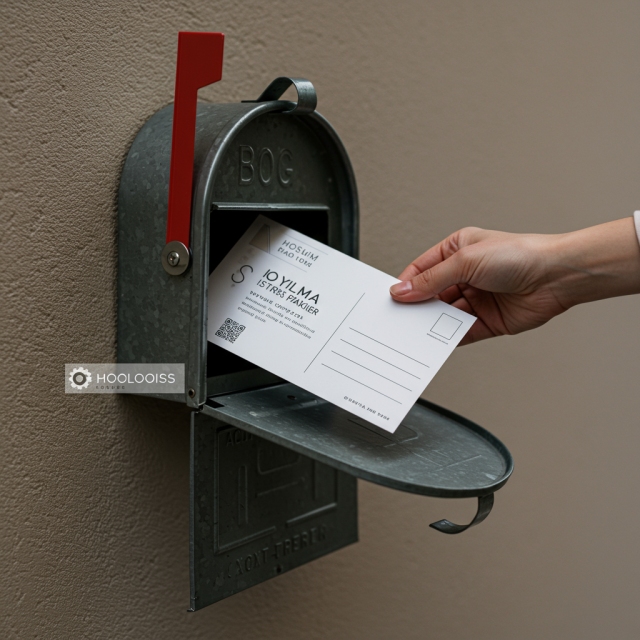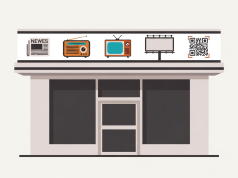In an era dominated by emails, social media, and digital ads, direct mail marketing may seem like a relic of the past. Yet, savvy marketers continue to harness its tangible power to reach audiences in a highly personalized way. This comprehensive guide will walk you through planning, designing, distributing, and measuring a direct mail campaign that stands out. Whether you’re a small business owner or a seasoned marketing professional, you’ll gain actionable insights to elevate your traditional marketing toolkit.
Why Direct Mail Still Works in a Digital World
Contrary to popular belief, direct mail remains remarkably effective. According to industry studies, direct mail boasts an average response rate of 4.9% for prospect lists and 9% for house lists, far surpassing typical email open rates. Here’s why it endures:
- Tangible Engagement: Recipients can hold, feel, and interact with your mail piece, creating a memorable brand experience.
- Less Competition: Inboxes are flooded daily, but physical mailboxes receive fewer items—your message stands out.
- Higher Trust: Physical marketing materials are often perceived as more credible than unsolicited emails or pop-up ads.
- Targeted Reach: With data-driven mailing lists and demographic segmentation, you can deliver messages to the right households at the right time.
Key Benefits for Modern Brands

Integrating direct mail into your omnichannel strategy delivers unique advantages that digital channels alone can’t match:
- Enhanced Brand Recall: Studies show people remember physical mail longer than digital outreach.
- Personalization at Scale: Variable data printing allows you to customize names, offers, and visuals for each recipient.
- Cross-Channel Synergy: Use direct mail to drive traffic to your website, social profiles, or in-store promotions with QR codes and personalized URLs (PURLs).
- Measurable ROI: Track campaign performance through unique promo codes, PURLs, and dedicated phone lines.
For local businesses such as restaurants, blending direct mail with traditional marketing for restaurants strategies creates a powerful combination to reach new diners and nurture loyalty among regulars.
Types of Direct Mail to Consider
Choosing the right format ensures your message lands effectively. Common direct mail formats include:
- Postcards: Cost-effective and eye-catching for quick promotions.
- Letters: Personal, formal appeal—ideal for high-value offers or B2B outreach.
- Brochures/Folded Mailers: More space for storytelling, product details, and visuals.
- Catalogs: Best for retailers showcasing multiple products to drive orders.
- Dimensional Mailers: Boxes, tubes, or novelty shapes that demand attention but cost more to produce and ship.
Planning Your Direct Mail Campaign
A successful campaign starts with thorough planning. Follow these steps to set a solid foundation:
- Define Your Goals: Are you driving in-store visits, boosting online sales, or building brand awareness? Clear objectives guide every decision.
- Know Your Audience: Use customer data, purchase history, and market research to build targeted mailing lists.
- Set a Budget & Timeline: Account for design, printing, postage, list rental, and tracking methods. Plan lead time for each phase.
- Craft Your Offer: Make it compelling—discounts, freebies, loyalty bonuses, or exclusive access work well.
- Select Key Metrics: Decide how you’ll measure success: response rate, conversions, average order value, or customer acquisition cost.
Designing Mailers That Convert
Your mail piece must grab attention and drive action. Follow best practices for design and copywriting:
- Attention-Grabbing Headlines: Use benefit-driven, curiosity-piquing headlines above the fold.
- Clear Visual Hierarchy: Arrange elements so the eye flows from headline to offer to CTA (call-to-action).
- High-Quality Images: Use crisp product photos or lifestyle shots that resonate with your audience.
- Strong Call-to-Action: Phrases like “Claim Your 20% Discount Now” or “Visit Our Store Today” drive immediate response.
- Readable Fonts & Colors: Ensure contrast and legibility, especially when targeting older demographics.
Targeting and Segmentation Strategies
Relevance is critical. Deliver the right message to the right person at the right time:
- Demographic Segmentation: Age, gender, household income, or life stage (new homeowners, families with young kids).
- Psychographic Targeting: Interests, values, or lifestyle preferences gleaned from surveys or third-party data.
- Behavioral Lists: Past purchasers, lapsed customers, or frequent website visitors.
- Geotargeting: Neighborhoods, ZIP codes, or a radius around a store location for local promotions.
Printing and Production Tips
Partnering with a reliable print vendor ensures quality and on-time delivery:
- Paper Stock Selection: Heavier stocks convey premium quality; matte vs. glossy affects tone.
- Color Accuracy: Request proofs and confirm brand colors match your digital palette.
- Variable Data Printing: Personalize each mailer with names, photos, or tailored offers.
- Mail Prep Compliance: Ensure you meet USPS or local postal requirements for bulk rates and discounts.
Distribution Strategies for Maximum Reach

Choose the right distribution method based on goals and budget:
- Every Door Direct Mail (EDDM): Affordable way to reach all households in a postal route—ideal for local businesses.
- Addressed Mailings: Personalized and targeted to specific names and addresses, higher postage cost but better ROI.
- Co-Mailing & Shared Mail: Bundle your mailer with non-competitive businesses to share postage costs.
- Triggered Mailings: Automated follow-up postcards or letters after an online interaction or in-store visit.
Measuring Success and Optimizing ROI
Tracking is essential to prove value and refine future campaigns:
- Unique Promo Codes & Coupons: Directly tie responses to specific mail pieces.
- Personalized URLs (PURLs): Track website visits generated by each recipient.
- Dedicated Phone Numbers: Measure calls from mailers separately from other channels.
- A/B Testing: Compare headlines, offers, or formats by splitting your list.
- Post-Campaign Surveys: Ask respondents how they heard about you to gauge attribution.
Case Studies: Real-World Success Stories
Seeing direct mail in action sparks ideas. Here are two brief examples:
- Local Gym Boosts Memberships by 35%: A fitness center mailed personalized postcards with QR codes to prospects who attended free trial classes. The campaign generated a 12% redemption rate, leading to a significant membership lift.
- E-Commerce Brand Increases Repeat Purchases: An online retailer sent branded postcards with a 15% off coupon to customers six months after their first purchase, driving a 22% repeat order rate.
Conclusion: Integrate Direct Mail for Lasting Impact
Direct mail marketing remains a powerful complement to digital tactics, offering tangibility, trust, and high engagement. By planning strategically, designing with your audience in mind, and measuring results meticulously, you can unlock substantial ROI and build deeper customer relationships. Start small with a targeted postcard campaign or scale up to a full-color brochure—either way, direct mail deserves a place in your modern marketing mix.
Ready to embark on your next direct mail campaign? Use this guide as your roadmap, continually test new ideas, and watch your traditional marketing efforts deliver timeless results.
Learn more about: Mastering Direct Mail Marketing: Strategies for High ROI and Customer Engagement









